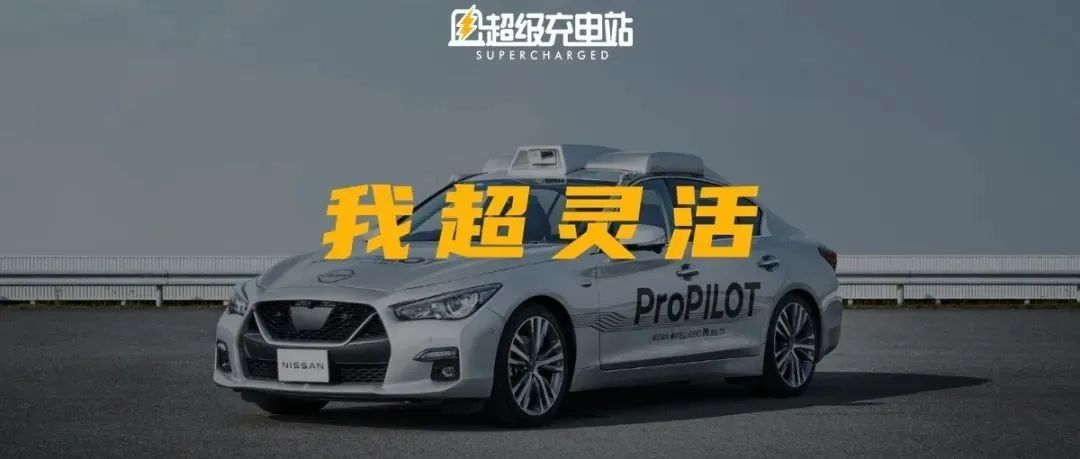Author: French Fries Fish
In recent times, the new wave of epidemic has trapped many buddies at home, especially those in Shanghai. After staying at home for over a month, my friend based in Shanghai couldn’t help but pour his heart out to me.
“I was busy with work before and didn’t pay much attention. It is only during this period that I noticed my little bunny at home is unruly. He can’t use chopsticks but prefers using a spoon to eat.”
I was concerned that you might not have food to eat. You told me your son only uses a spoon? Don’t forget that your son is only two years old!
For a moment, I couldn’t tell whether he was intentionally showing off or genuinely distressed. However, out of the restraint and grace of an adult, I tried to console him seriously by saying,
“Children are still young. Never mind whether they use spoons or chopsticks. A good child is one who can eat on their own.”
Yes, Grandpa Deng’s “White Cat, Black Cat” theory works like a charm.
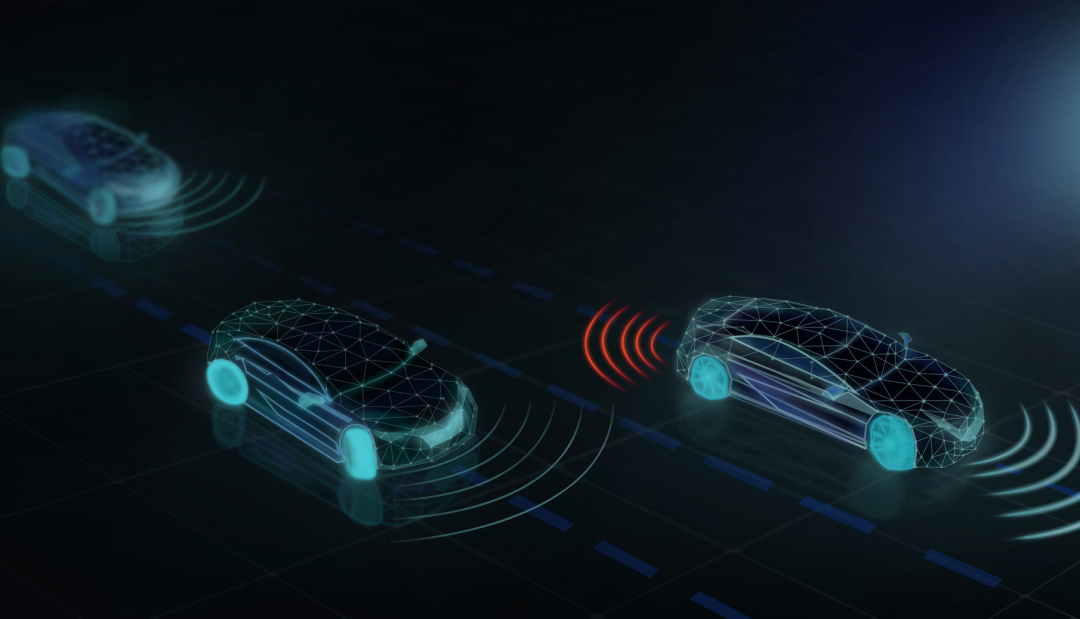
The same principle not only helps comfort friends with parenting troubles but also applies to route divergence in the autonomous driving industry, whether it is “pure visual” or “multi-sensor fusion” solutions. A good solution is the one that can safely achieve higher levels of intelligent driving.
After all, when it comes down to it, safety concerns are the biggest worry of consumers regarding autonomous driving technology.
Nissan may have grasped consumers’ psychological needs; they recently held a latest driver assistance technology briefing with the goal of “zero accidents.”
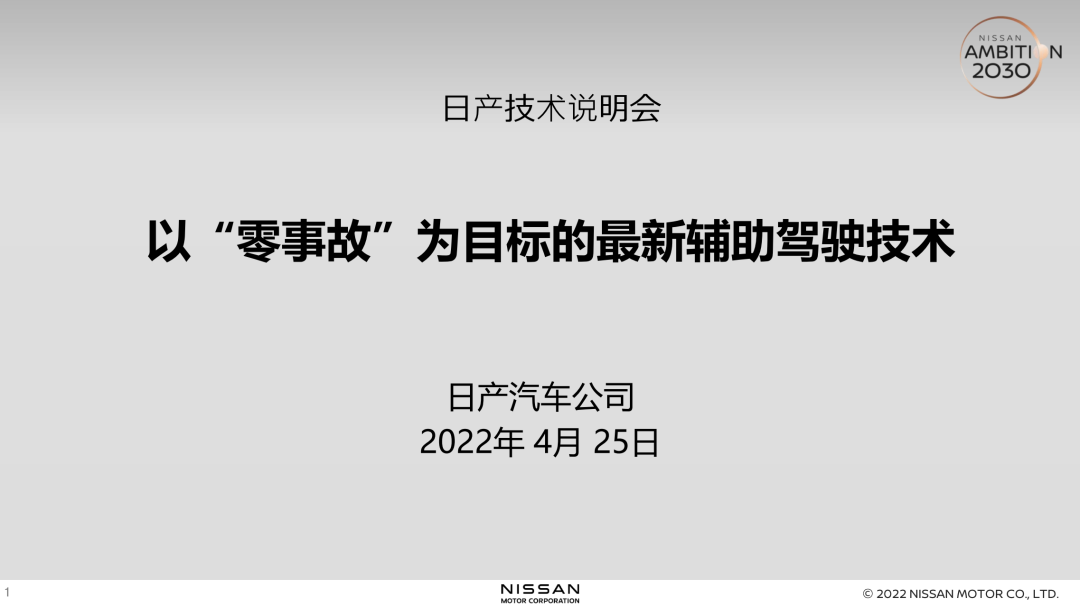
Two Steps Towards Safety
Takao Asami, Nissan’s Global Head of Research and Development, proposed that to achieve autonomous driving that can be used with peace of mind, this issue needs to be approached in two steps.
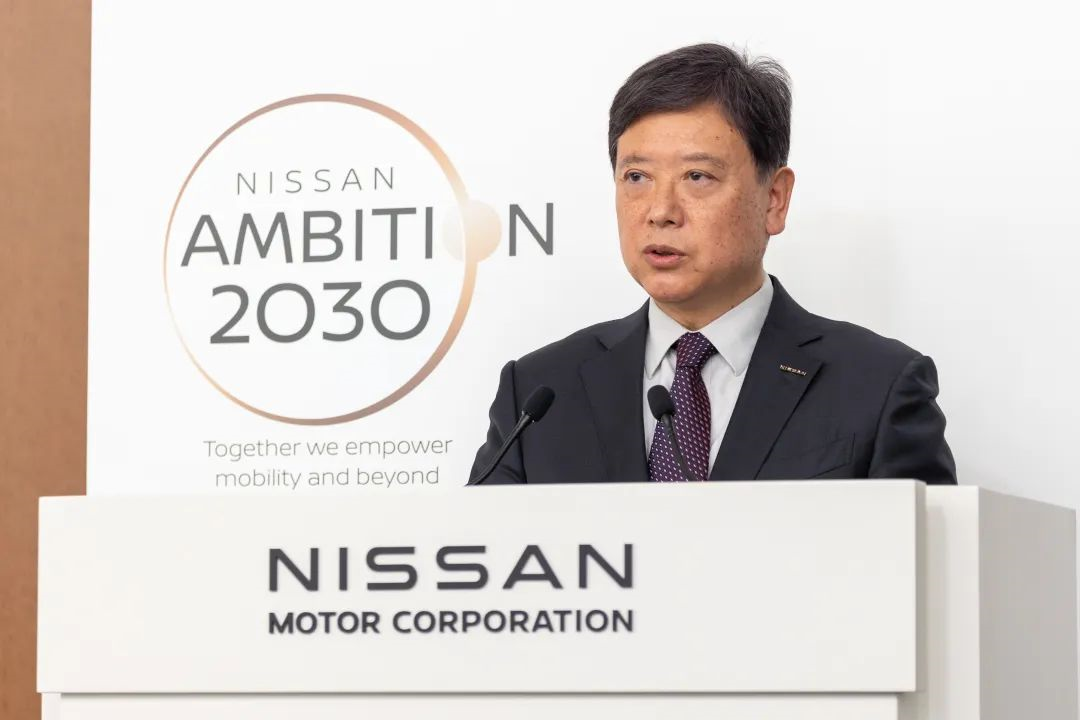
Firstly, clear definition of safety scenarios is required.
These scenarios include both the most frequently occurring single scenarios in daily driving and highly complex scenarios with low frequency but more participants and decision-making times.
If all scenarios can be included in a scenario library for machine learning and those dangerous and complex scenarios leading to accidents can be recognized and dealt with, the accidents could be avoided, ensuring safety.
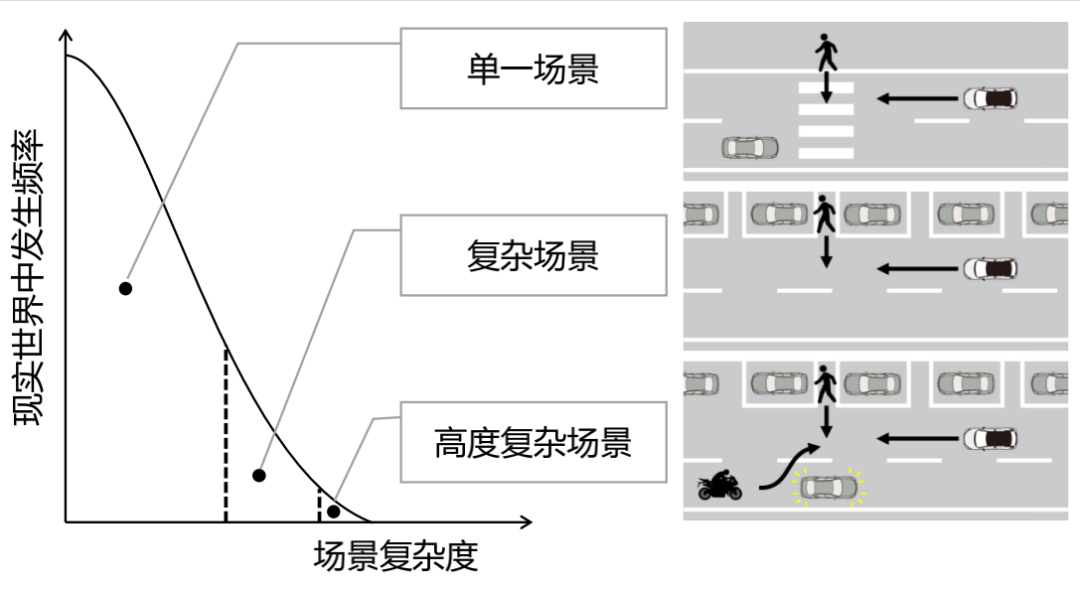
This concept is somewhat reminiscent of reductio ad absurdum. With thousands of driving scenarios, if I can identify and avoid all dangerous situations, what’s left must be safe scenarios.The Use of Automation to Enhance Safety Performance
Nissan has proposed the concept of the “Nissan Safety Shield”. In this concept, Nissan divides the space between the risk of accidents and vehicles into five levels of space ranges from A to E, based on the risk of accidents and the distance between vehicles, including potential danger, danger display, possible collision, unavoidable collision, and collision occurrence.
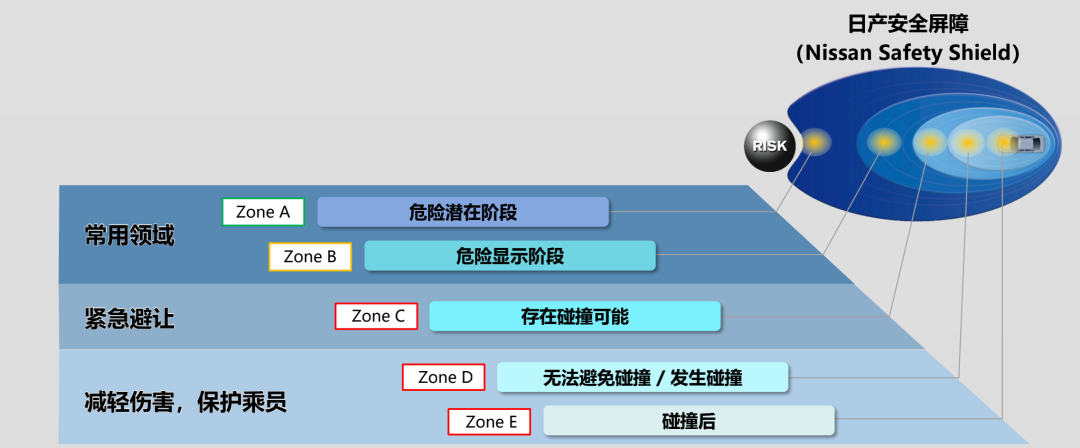
Nissan’s goal is to use automated operations to control vehicles to avoid risks in emergency avoidance after identifying these risk scenes, thus achieving safety automatic driving.
I Have New Equipment
In both of these steps, environmental perception is a key factor that cannot be avoided. Environmental perception is also the focus of this technical communication meeting, which Nissan calls “road situation perception” technology.
For perception, Nissan has chosen the route of multi-sensor fusion. In fact, this route selection also fits Nissan’s stable technical style.
Previously, Nissan released ProPILOT and ProPILOT 2.0.
ProPILOT can achieve L2 level assisted driving functions such as full-speed range ACC adaptive cruise control and lane keeping through a single camera and millimeter-wave radar.
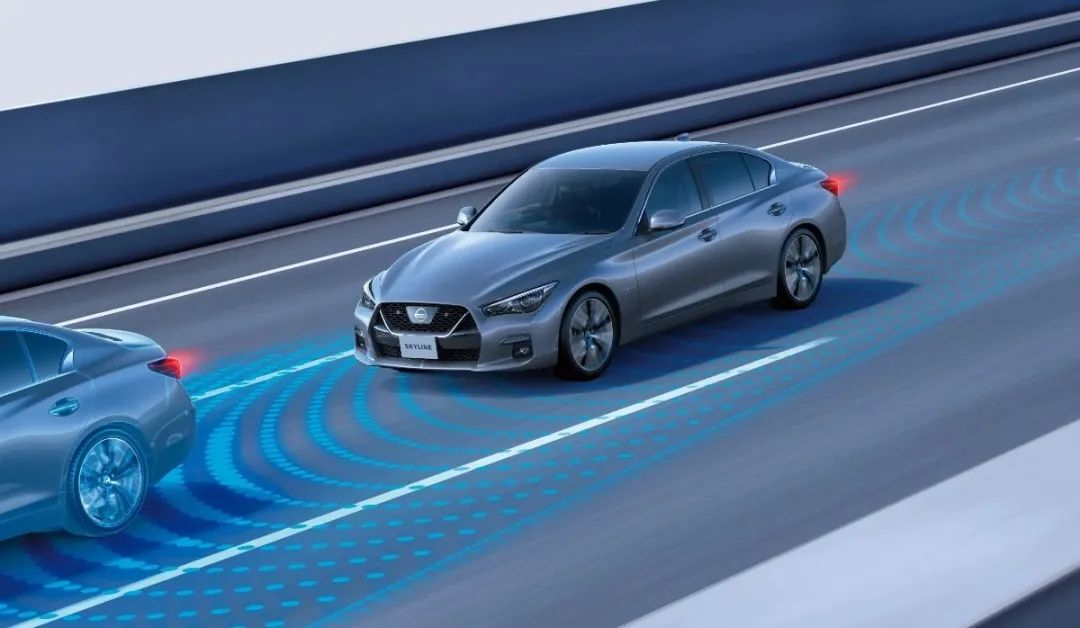
ProPILOT 2.0 adds more surrounding cameras, millimeter-wave radar, and ultrasonic radar on the basis of the former, realizing high-speed navigation functions.
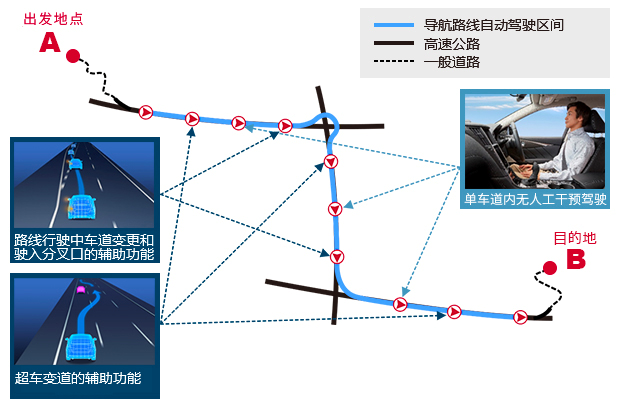
This time, Nissan added a lidar to the ProPILOT sensor array based on the technology of the former two.
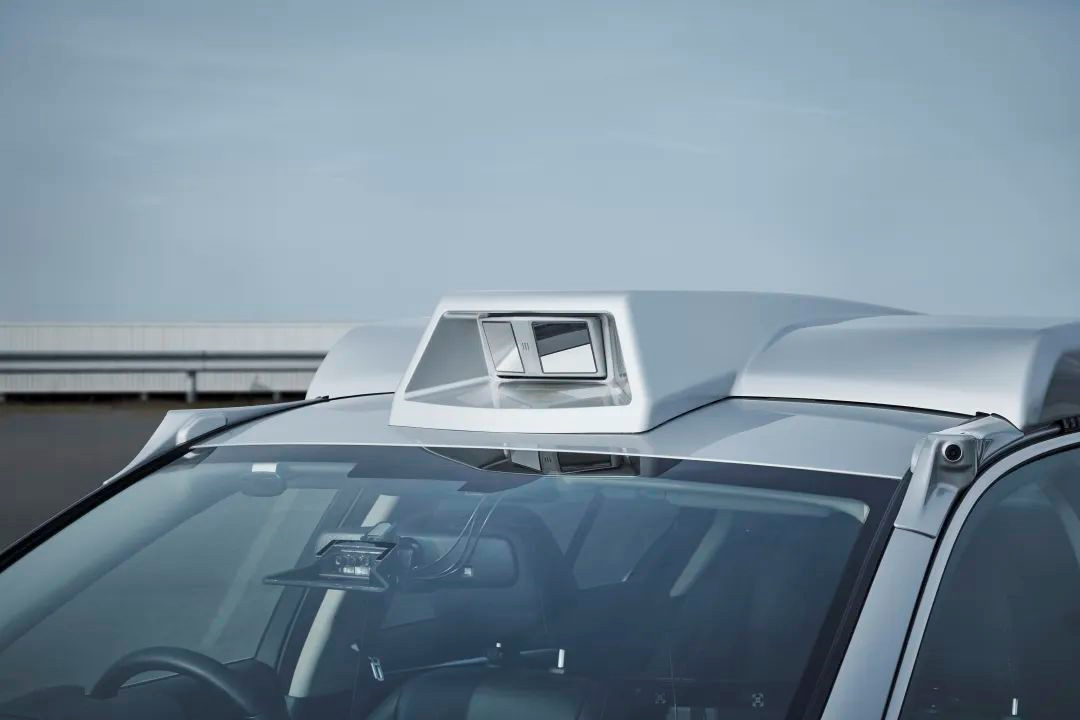
The lidar from Luminar is currently one of the best lidars in the industry, with a detection distance of more than 300 meters, a horizontal field of view of 120 degrees, a vertical field of view of more than 25 degrees, and a resolution of 0.05 degrees.
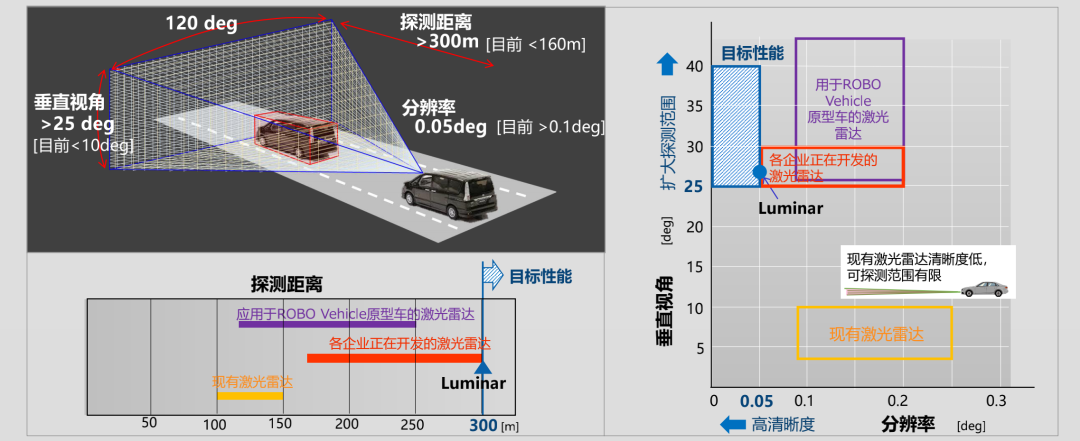
In summary, this is currently one of the most distant, widest, and narrowest lidars.With the addition of LIDAR, the precision of ProPILOT’s perception has taken a big step forward. Through the fusion of multiple sensors, including LIDAR, cameras and millimeter-wave radar, the “road condition perception” technology can dynamically track the position coordinates of surrounding objects in real time, detect obstacles 300 meters away, and accurately detect tiny changes in the vehicle’s path.
This system is embodied in the “technology monster” you see below.
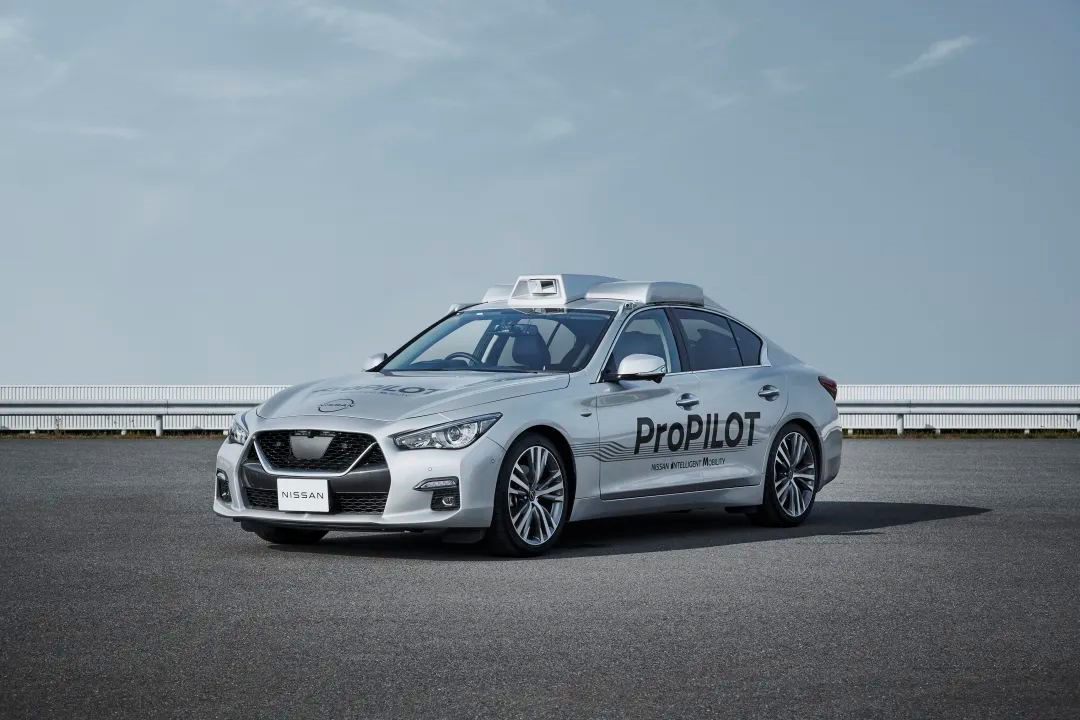
It is equipped with 1 LIDAR, 10 surround-view cameras and 7 radar sensors.
Practical Performance
So, what can this tech monster armed to the teeth actually do? Nissan demonstrated its abilities in two complex real-world scenarios.
In the first scenario, the test vehicle was driving on a road with severe obstacles blocking the side view, when a reversing vehicle suddenly entered the road horizontally. The test vehicle detected the obstacle and safely chose to move to the right lane to avoid it. Seeing this, the test vehicle’s performance was still normal. However, just as the maneuver was completed, a pedestrian suddenly crossed the road with almost no warning. At this point, the test vehicle chose to stop directly.
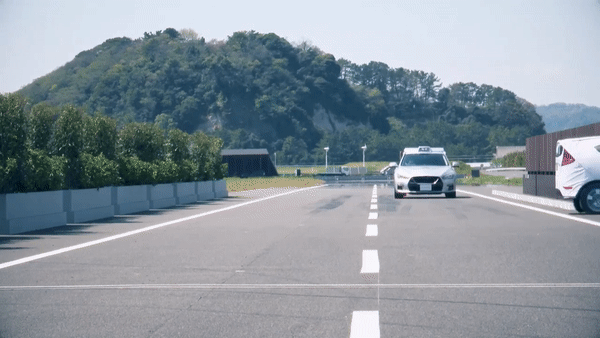
In the second scenario, the test vehicle was following a car and driving normally. Suddenly, a tire rolled forward in the opposite direction. At this point, due to the obstruction of the car in front, ProPILOT hadn’t yet detected the obstacle ahead. Subsequently, the car in front chose to make an emergency left turn, and the obstacle appeared in the test vehicle’s field of view. However, it is worth mentioning that the test vehicle quickly identified the rolling tire and chose to turn right to avoid the obstacle after completing the assessment of the surrounding lane conditions. But it’s not over yet – just around the bend, a vehicle intruded from the side. Faced with this situation, the test vehicle also chose to stop directly.
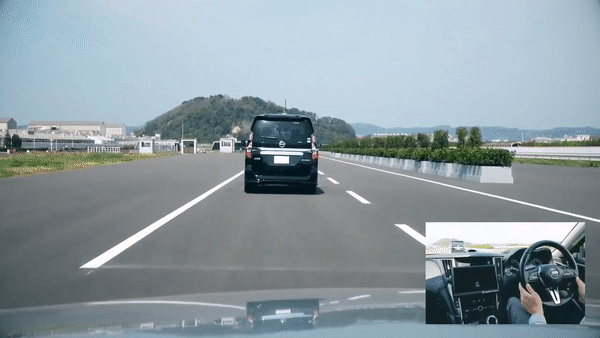
For many current self-driving systems, if it can actively stop in the face of danger, we tend to think it has done a decent job. However, in real-world scenarios, stopping alone may not be enough to avoid accidents.
Through these two real-world tests, I can clearly feel the concept of the “Nissan Safety Shield” mentioned earlier.For the new ProPILOT system, if there is still a certain distance between the risk and the vehicle, and it is in Zone C or earlier in the “Nissan Safety Shield”, it will choose to avoid the risk by changing lanes. However, if the risk has approached Zone D or even Zone E, it will choose to brake urgently.
In addition, Nissan mentioned that the complex scenarios are composed of multiple dangerous elements, all of which appear immediately after avoiding the first risk. The new ProPILOT system can handle these scenarios well, which reflects the high real-time perception of Nissan’s “Road Real-Time Perception” technology and the efficient judgment ability of the new system.
Based on these two real-world cases, the emergency response performance of the new ProPILOT is indeed stronger than that of many ordinary drivers, which can be called “experienced driver”, and this may be the “improvement of safety performance through automation” mentioned by Nissan. To be honest, I am a little bit amazed.
My only question about this system is whether the avoidance capability it currently exhibits can only be achieved in preset scenarios or whether it can learn more scenarios on its own. If it is the former, Nissan still has a long way to go, but if it is the latter, I must praise it.
And only now did I realize that “Nissan’s 2030 vision” is actually a combination of punches.
In early April, Nissan released its solid-state battery technology (for those interested in solid-state batteries, please click on our article “Battery Solid-State, Nissan ‘Tanks Down'”), and half a month later, Nissan released its latest auxiliary driving technology.
My appetite for technology has been aroused by Nissan. What will Nissan release next month?
This is the Nissan that truly lives up to its slogan: “Innovation that excites. Nissan.” And I am becoming more and more looking forward to what the “2030 vision” of Nissan’s technology will look like.
This article is a translation by ChatGPT of a Chinese report from 42HOW. If you have any questions about it, please email bd@42how.com.
